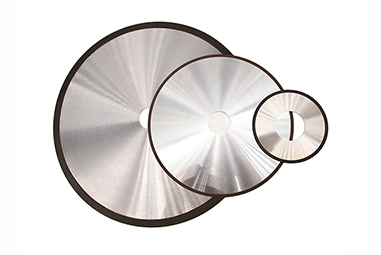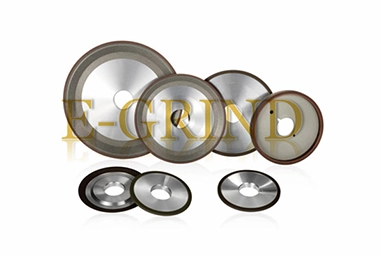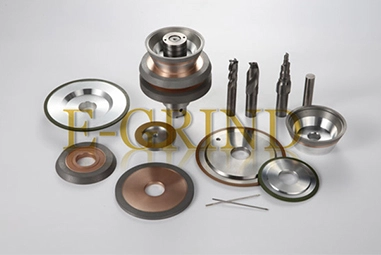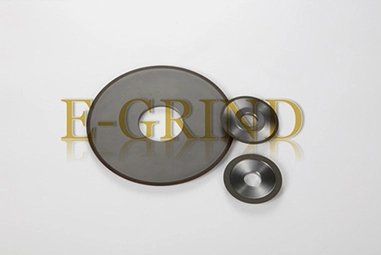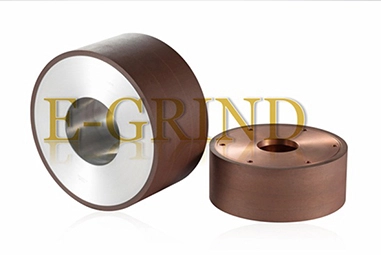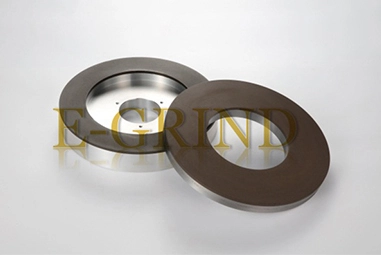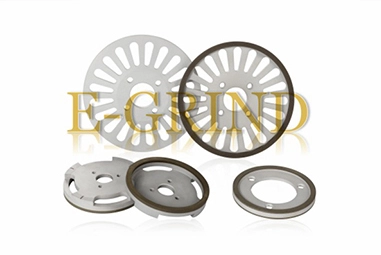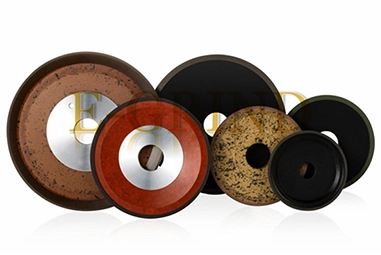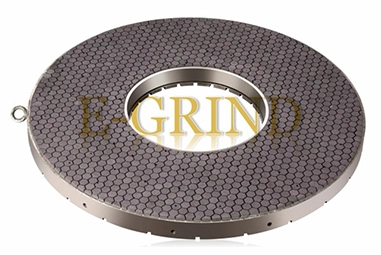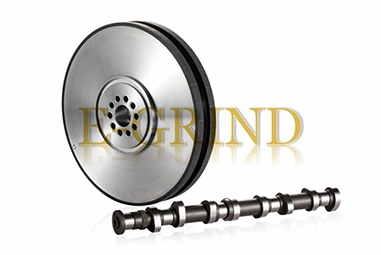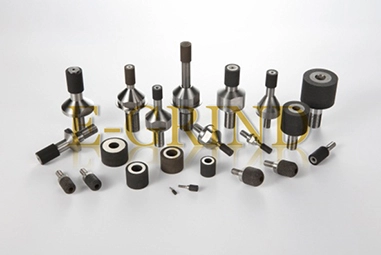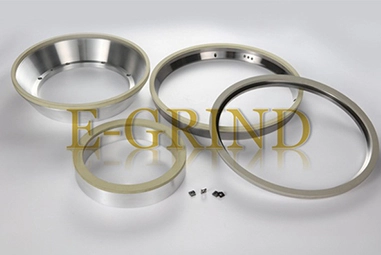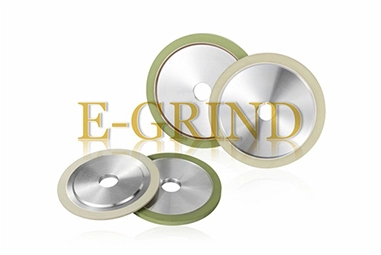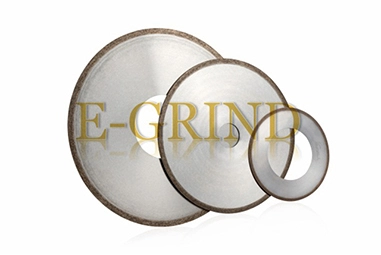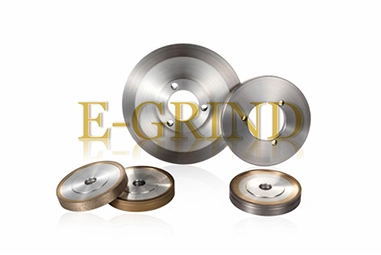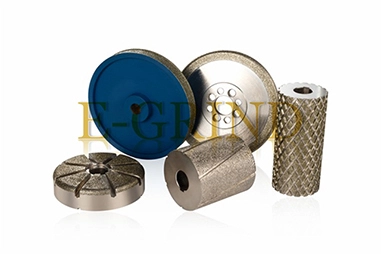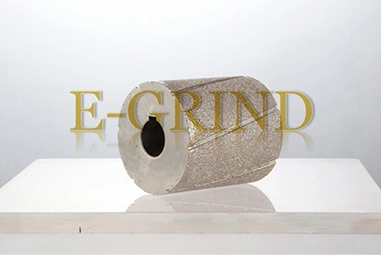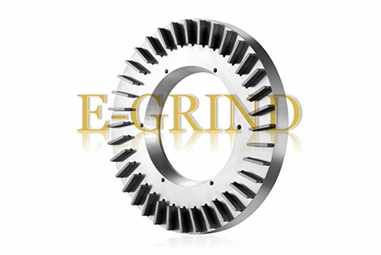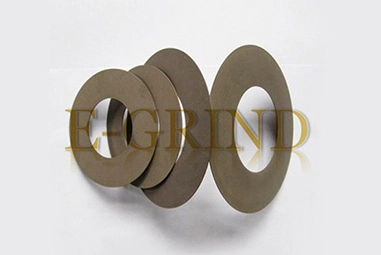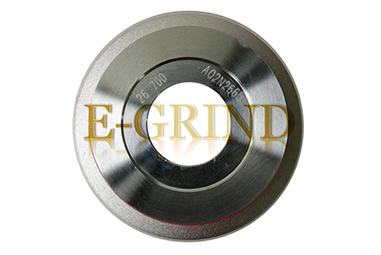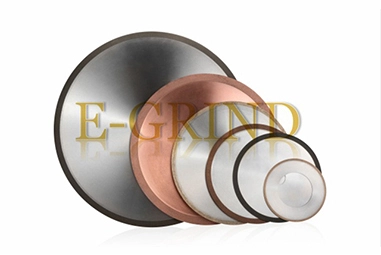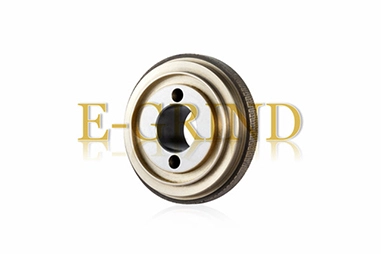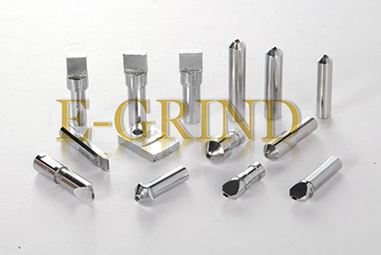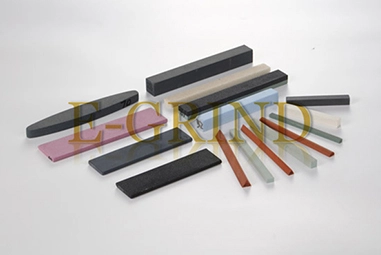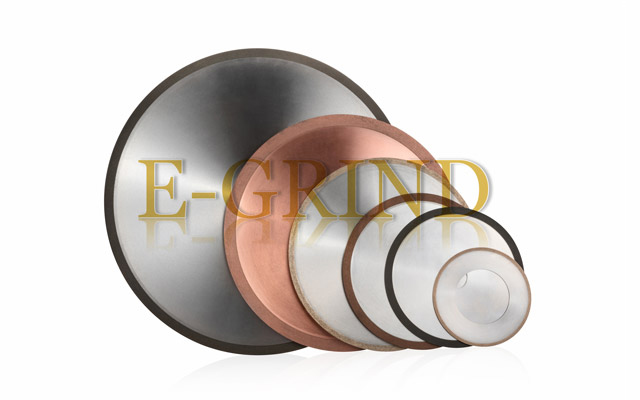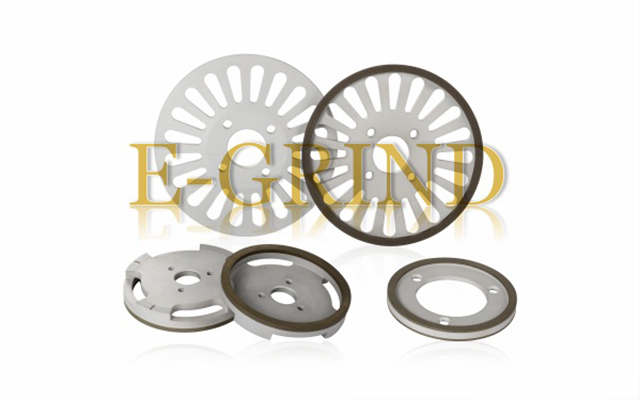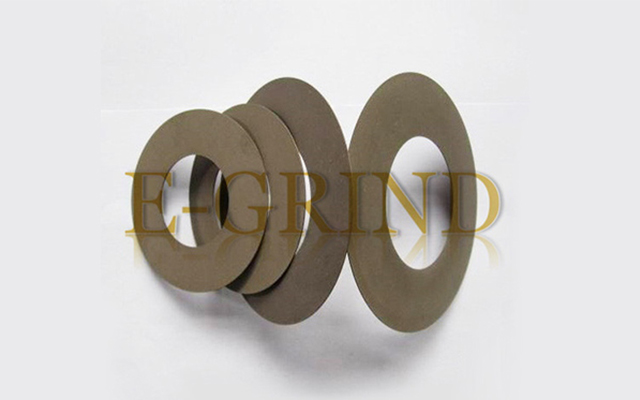The design of resin-bonded diamond tools is mainly based on the following five aspects:
The Cohesiveness Must Be Good
The bonding agent can be evenly distributed on the surface of the abrasive, so that the abrasive particles can be firmly held in the abrasive tool and can be firmly bonded to the substrate, which not only prevents the abrasive from falling off prematurely, but also prevents the bonding agent from separating from the substrate, thus ensuring production safety.
High Grinding Efficiency, Good Wear Resistance And Good Machining Smoothness (or Surface Roughness)
Because of its elasticity and brittleness, resin binder has good self-sharpening ability and is not easy to block in grinding, but its wear resistance is poor. Therefore, when we study and design the binder formula, we must consider both high grinding efficiency and high wear resistance as far as possible on the premise of ensuring the smoothness requirements. The preparation of binder is very important. To choose the best ratio of binder, both high grinding efficiency and good wear resistance should be met, so as to meet the requirements of grinding and reduce the cost.
Good Heat Resistance
If the heat resistance of the bonding agent is poor, the abrasive tool will not be resistant to high temperature during use, and it will consume quickly, and even the abrasive tool will burn, crack, drop ring, etc. due to the high grinding heat. Therefore, (1) choose the bonding agent with good heat resistance and add appropriate filler to improve its heat resistance; (2) Wet grinding with coolant as much as possible to improve the durability of abrasive tools; (3) If dry grinding is used, the feed should be as small as possible to improve the durability of the abrasive tool.
The Strength Of The Binder Must Be High
The strength of bond directly affects the grinding efficiency, wear, workpiece quality and safety performance of abrasive tools in use, so it is necessary to understand the factors affecting the strength of bond. The main factors that affect the strength of the binder are: (1) The addition of fillers will increase or decrease the strength of the binder, and most fillers will increase the mechanical strength, which will increase with the increase of the amount in a certain range, but the wear ratio will decrease. Some fillers, such as graphite and solid molybdenum disulfide, reduce the strength after adding, so the filler is selected reasonably according to the requirements; (2) The forming density (or porosity) of abrasive tools will affect the strength of the bond. When the forming density of abrasive tools is low, the porosity is high, and the bond strength is low, whereas the bond strength is high. Therefore, it is necessary to reasonably design the porosity parameters of abrasive tools; (3) The hardening temperature, secondary hardening temperature and heating curve of abrasive molding will affect the bond strength.
The Bonding Agent Must Have Proper Hardness And Good Wear Resistance
The strength of the binder must match the wear speed of diamond (or cBN) abrasive particles, and the abrasive particles should not fall off prematurely because of the rapid wear of the binder. In that case, the abrasive will not be fully used and waste will be caused.


